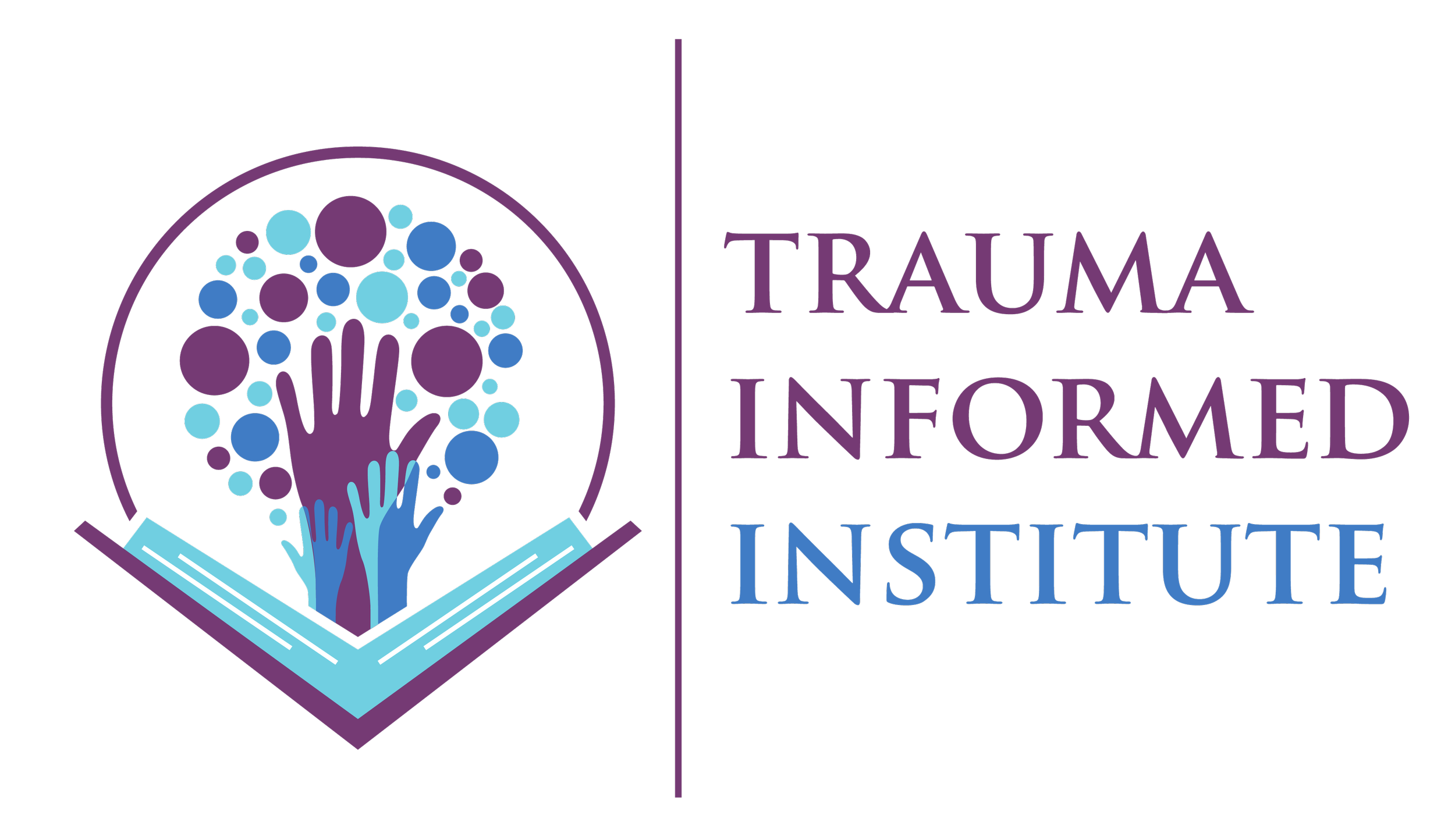Spending hours in the office. Beating deadlines in the time clock. Reassuring smooth flow in the meeting, and performing presentations with your colleagues. Managing kids and family. Dealing with a world of chaos.
This is just a small look into the world of employees today that are expected to perform within the organization, and some of the most basic tasks are beginning to feel like and lead to pressure, frustrations, and traumatic experiences within organizations.
Work is essential for everyone, but unfortunately, it has become the #1 place when you combine physical, mental, and work-from-home spaces where employees spend most of the hours during the day. Work is now everywhere we look and turn. There is not much of a separation between work and life. Think about the impact this has on how we live, operate, manage relationships, and more importantly, how we navigate and cope with the challenges of life.
““To experience peace does not mean that your life is always blissful. It means that you are capable of tapping into a blissful state of mind amidst the normal chaos of a hectic life.””
Employees and organizations face different challenges. Organizations and Employers are responsible for providing service to their customers, pleasing their stakeholders, and driving revenue, while also creating a healthy environment with numerous resources for their employees, who also, are responsible for providing for their families, pleasing their employers, generating income and wealth, and creating a nurturing stable environment for their families… it doesn't sound like they are too different.
This acknowledgement is where the coping process begins.
C.O.P.E.
Change in mindset The world is changing before our eyes and we are all going through it together. The sooner we all change how we view work, wellness, and all of life's complexities, the sooner we can release traumatic ways of living and working together. Recite this Life Mantra Daily:Things are happening that I can’t control but I can control the next thing I do.
Offer support. The effect of trauma can be different for everyone. Thus, ways to overcome this also vary based on individual life experiences. Offering support in the workplace can look like: starting meetings 15-30mins late or ending them early; extending a deadline; having a nice chat during a coffee break, implementing wellness policies, or evaluating and improving EAP programs.
Practice culturally comprehensive resilience tools. One that we love is Insight Timer, a web-based platform that offers content in 50 languages from experts, psychologists, spiritual leaders, and teachers, so that every employee feels like they belong, no matter where they come from. Incorporating mindfulness exercises into meetings is a great way to practice resilience tools. Offer incentives to motivate and transform stress into goals, then celebrate both small achievements and big wins in a way that the individual would appreciate.
Equip all team members with opportunities to develop transferable skills and information. Consider assessing and enhancing professional development opportunities or sponsoring a certification program. This approach can increase retention, improve team collaboration, exercise emotional intelligence, and reduce workplace trauma.
Book a coaching consultation or request professional development with us!


